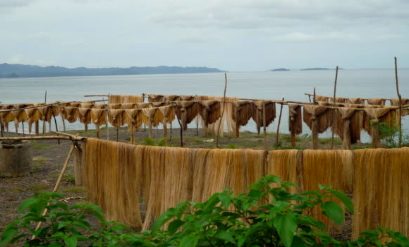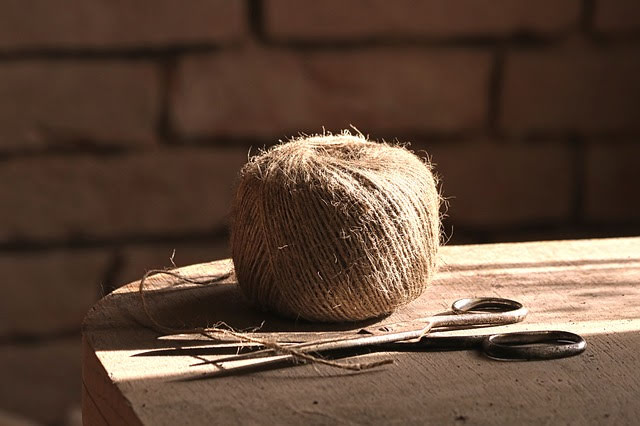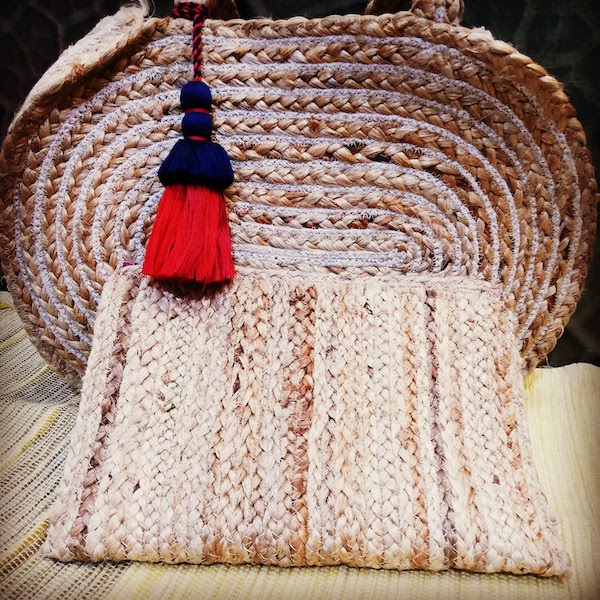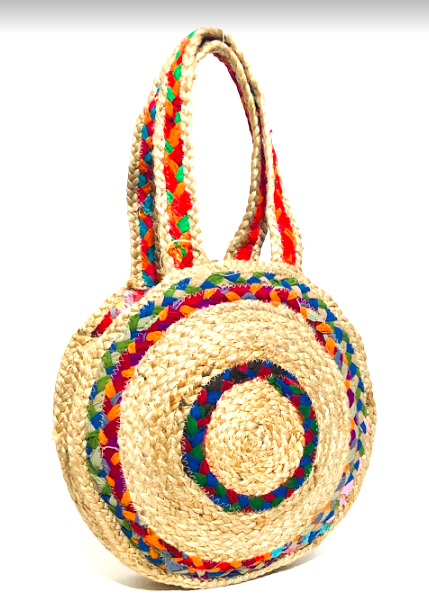Jute - The Golden Fiber of India

Jute has been cultivated and used for centuries. It is second only to cotton. Due to its durability and adaptability and environmentally friendly nature, it has widely spread around India on various farms and households. It doesn't require as much water to grow as their counterpart cotton. Soon it started gradually be as much desirable as flax and hemp as all of them go through similar processing.
Jute is called 'golden fibre' due to its silky, lustrous and golden to brown colour and its importance of course. Back in the day, there was no house or a farm that didn't have items made out of Jute material. Later on, quality coffee beans found their way to be stored in Jute made sacks as well.
Jute is collected from two Asian plants - Corchorus Olitorius and C. Capsularis of the linen family. Its rough fibres harvested from stems of an ancient tropical plant, which are further used for making twine and ropes. These then get woven into sacking or rug like fabrics for chair coverings, carpets and rugs.
Some History:
Jute has been used in the textile market since the Indus Valley Civilization. It was integral & cultural part of Bangladesh & Bengal (India) since the 17th century.
Synthetic materials flooded the market in around 1970-80s pushing out Jute products and the weavers resulting in declined production.
Recently Jute has found its way back to the market again and became an important export crop. Mainly in India and Bangladesh with India being the largest jute producer in the world.

Process:
- Fibres are extracted from the stem of plants by a process called Retting
- Retting includes bundling and immersing the extracted fibres, followed by washing in the slow running water.
- After washing, it is squeezed and dried in the sun
Finally, it gets bailed in large bundles and further used for manufacturing various products like Jute bags, Jute fabrics, Textile, home furnishing and decor, jute carpets and rugs.

Why should you consider Jute products?
Jute products are a natural and eco-friendly alternative to plastic.
They are robust and durable. Readily biodegradable, reaching 100% compostability rate. And very low in CO2 footprint. Jute products such as jute bags are trendy for fashionistas.
Very comfortable to the skin (no irritation or an allergic reaction). Products like Jute bags, carpets and rugs maintain their gloss for an extended period of time. Jute products are one of the most affordable eco-friendly products available in The Market.
Jute products include:

Linen potlis, handcrafted carpets and mats.
Jute carry bags, Jute shopping bags, Jute Beach Bags
Jute twine; Jute baskets and trays
Jute tassels and stationery.
Jute Lampshades. Jute apparel and footwear.
Any downsides?
Well, along with the various benefits, there are few downsides. Jute likes to shed and become brittle over time. Prolonged exposure in the sun can cause yellow discolouration. I guess this is when the gold becomes more golden, isn't it?

Our Jute items
You can find various Jute items in our online store. They are very affordable and easy to look after. Check it out and consider a beach bag that has been hand weaved by our young women artisan. Every purchase allows them to continue supporting their families.